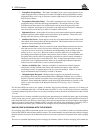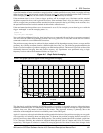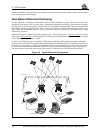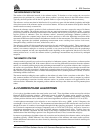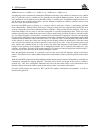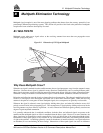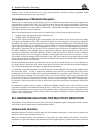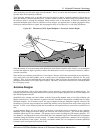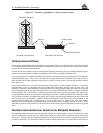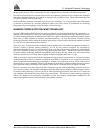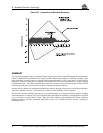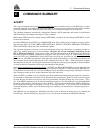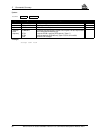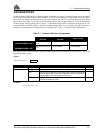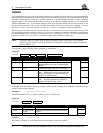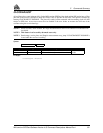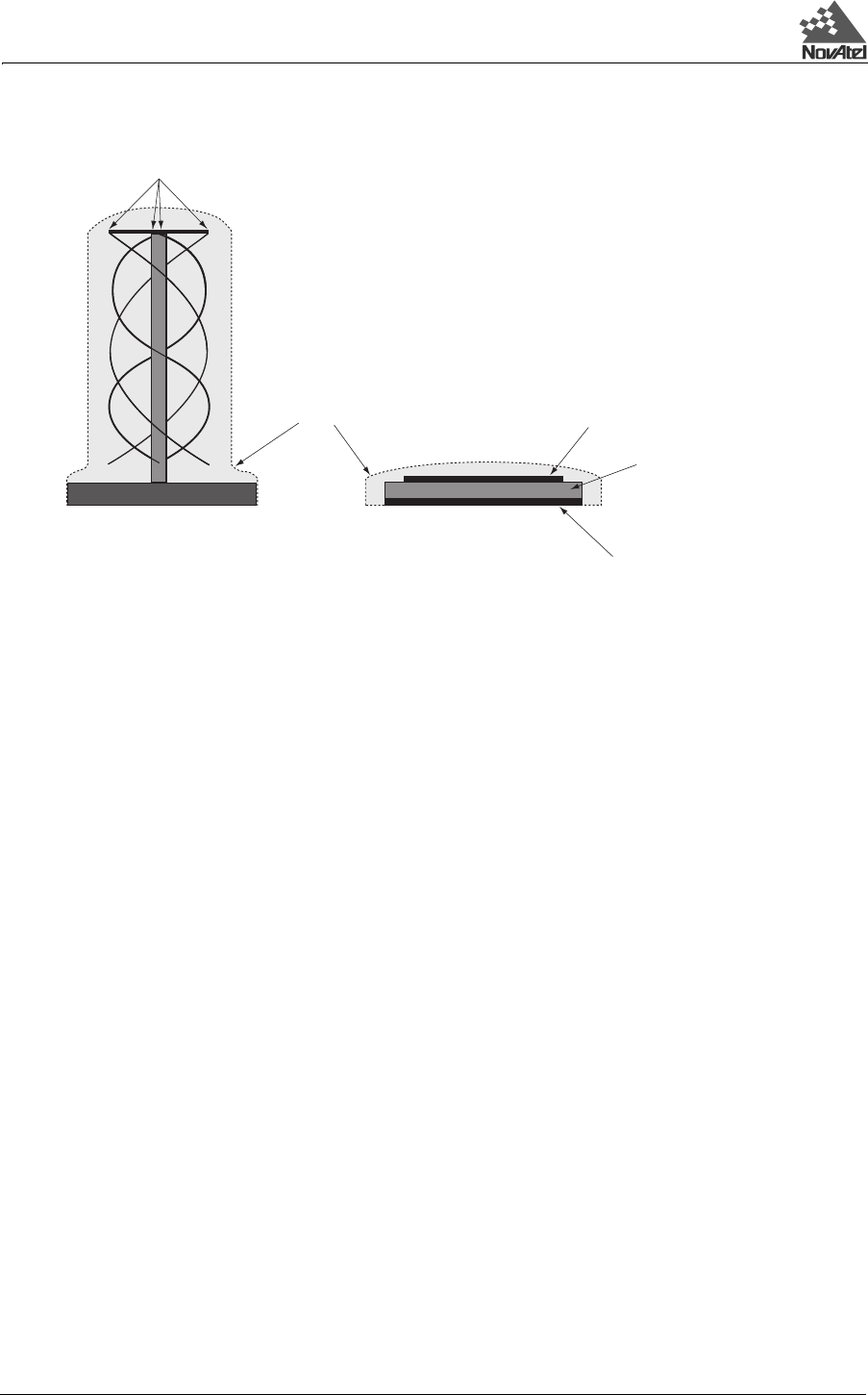
B Multipath Elimination Technology
76 MiLLennium GPSCard Software Version 4.50 Command Descriptions Manual Rev 1
Figure B-3 Illustration of Quadrifilar vs. Microstrip Patch Antennae
Antenna Ground Planes
Nearby objects can influence the radiation pattern of an antenna. Thus, one of the roles of the antenna ground plane
is to create a stabilizing artificial environment on which the antenna rests and which becomes a part of the antenna
structure and its resultant radiation pattern.
A small ground plane (relative to one wavelength at the operating frequency) may have minimal stabilizing effect,
whereas a large ground plane (multiple wavelengths in size) will have a highly stabilizing effect.
Large ground planes also exhibit a shielding effect against
RF signal reflections originating below the antenna’s
radiation pattern horizon. This can be a very effective low angle shield when the antenna is elevated on a hill or
other structure above other reflecting surfaces such as vehicles, railway tracks, soil with high moisture content,
water bodies, etc.
One of the drawbacks of a "flat plate" ground plane is that it gives a “hard boundary condition”, ie. allowing
electromagnetic waves to propagate along the ground plane and diffract strongly from its edge. The “soft
boundary” condition, on the other hand, will prevent the wave from propagating along the surface of the ground
plane and thereby reducing the edge diffraction effects. As a result the antenna will exhibit a completely different
radiation pattern. The “soft boundary” condition is typically achieved by a quarter wavelength deep, transversely
corrugated ground plane surface (denoted as “choke ring ground plane”). When the depth of the corrugation (choke
rings) is equal to a quarter wavelength, the surface wave vanishes, and the surface impedance becomes infinite and
hence provides the “soft boundary” condition for the electromagnetic field. This results in modifications to the
antenna radiation pattern that is characterized by low back lobe levels, no ripples in the main lobe, sharper
amplitude, roll-off near the horizon and better phase center stability (there are smaller variations in 2 axes). This is
what makes NovAtel's GPS antennas so successful when used with the NovAtel GPSAntenna choke ring ground
plane.
NovAtel’s Internal Receiver Solutions for Multipath Reduction
The multipath antenna hardware solutions described in the previous paragraphs are capable of achieving varying
degrees of multipath reception reduction. These options, however, require specific conscious efforts on the part of
the
GPS user. In many situations, especially kinematic, few (if any) of the above solutions may be effective or even
possible to incorporate. By far, the best solutions are those which require little or no special efforts in the field on
Quadrifilar Elements
Radome
Antenna Patch
Dielectric
Patch Ground Plane
Quadrifilar Helix Antenna Microstrip Patch Antenna



